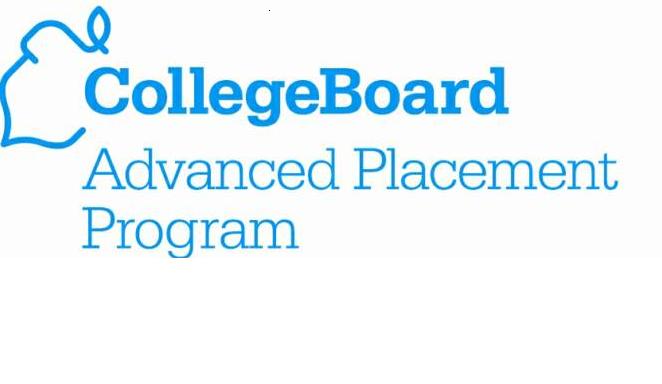
By Kristen Harris
When I was a senior in high school, I spent the last two weeks of my last semester folded between the pages of a textbook. I lived and breathed US Government in preparation for my AP test. However, even with all of the notes I took and every single flashcard I made, I still don’t know how I passed that exam.
At the same time, I was also studying for the AP Comparative Government test. The difference, though, was that Comp Gov had been taught through project-based learning. Both classes were taught by the same teacher to the same students, but instead of readings and tests, a majority of class time was spent creating in-depth profiles of the six countries covered by the course.
When I took my AP tests, I was more prepared for the Comp Gov one. Because the project forced me to understand the material rather than memorize it, I was able to pass my exam with confidence.
With finals week upon us now, I can’t help but argue for the value of project-based assessments over exams. Whereas a student preparing for an exam may only be able to regurgitate the notes from class, one who is required to complete a project instead will learn to understand the material for himself or herself.
Comp Gov wasn’t the only experience I’ve had with project-based assessments. At my first high school, my science teacher preferred projects to exams. My classmates and I were required to explain our material in new ways. Thanks to a fifteen-minute puppet show that my friends and I decided, for some reason, was the best way to present, I can still tell you everything you wanted to know about the electromagnetic spectrum. However, I couldn’t tell you a single thing about algebra, despite the three years I spent taking algebra exams.
Moving onto college, I think it’s pretty safe to say that most classes require a final exam on top of several other chapter tests. However, at least in my limited sophomore experience, not as many require projects beyond the occasional Prezi or PowerPoint presentation. What does this mean for the kinesthetic learner?
Bucknell University sought to answer this question in a paper entitled “Kinesthetic Learning in the Classroom.” The author cited a study that surveyed graphic design students about their learning styles. One may think that as artists, graphic design students would be visual learners. However, the study estimated that 45 percent of those surveyed were kinesthetic learners.
To be a kinesthetic learner is to learn best by doing. To understand the material, a kinesthetic learner must apply it and manipulate it himself or herself. In order to succeed in a class, kinesthetic learners have to get their hands dirty.
College classes cater well to both auditory and visual learners. Most professors lecture alongside a PowerPoint, and then students regurgitate what they saw and heard on an exam. However, no student is solely one type of learner. In order for students to best understand the material, they should be able to explore it themselves through project-based learning.
Successful project-based learning should be more than simply grouping students together to take turns “teaching” the chapter to each other. I don’t think there’s anything that will lose a class’s attention more quickly than ten slideshow presentations in a row.
Student projects should foster creative thinking. It doesn’t have to a fifteen-minute long puppet show, but any presentation could easily become a skit, a song parody, a poster, or a demonstration. Project-based learning does more than teach students what they need to know for class; it teaches them to think about what they know in new ways.
Project-based assessments require out-of-the-box thinking. They get me more excited to learn than any test ever could. Though a final project may require more dedication than studying for an exam, the payoff is better in the end. A project-based assessment demonstrates a student’s understanding of the course material better than any exam ever could.







